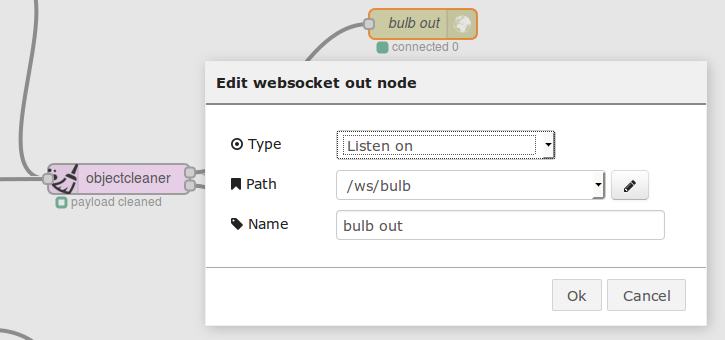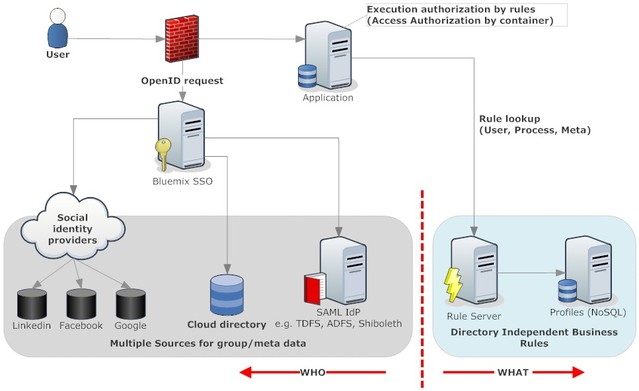There's a plug-in for that! Getting started with Cloud Foundry plug-ins
Since IBM Bluemix is build on top of Cloud Foundry, all the knowhow and tooling available for the later can be used in Bluemix too.
One of the tools I'm fond of is the Cloud Foundry command line
A list of current plug-ins can be found in the CF Plug-in directory. Now the installation instructions haven't kept up with the
One of the tools I'm fond of is the Cloud Foundry command line
cf. The tool is a thin veneer over the Cloud Foundry REST API and is written in GO. "Thin veneer" is a slight understatement, since the cf command line is powerful, convenient and - icing on the cake - extensible.
A list of current plug-ins can be found in the CF Plug-in directory. Now the installation instructions haven't kept up with the
cf releases, so here are the steps you need:
- Head to the CF Command Line release page and make sure you have the latest release installed.
At time of this writing that would be 6.12.2 - Add the community repository to your installation using this command:
cf add-plugin-repo CF-Community http://plugins.cloudfoundry.org/
This command is only available in cf versions > 6.10. A lot of blog entries or even the github documentation suggest downloads or even golang installs. With the availability of the repository these steps are no longer necessary (but you are free to use them) - Now listing all available plug-ins is as simple as
cf repo-plugins - To install a specific plug-in you issue the command:
cf install-plugin '[name of plugin as listed]' -r CF-Community
If the name doesn't contain white space, the quotes can be omitted - After installation
cf helpprovides the short instructions on how to use the modules
Read more
Posted by Stephan H Wissel on 24 August 2015 | Comments (0) | categories: Bluemix


